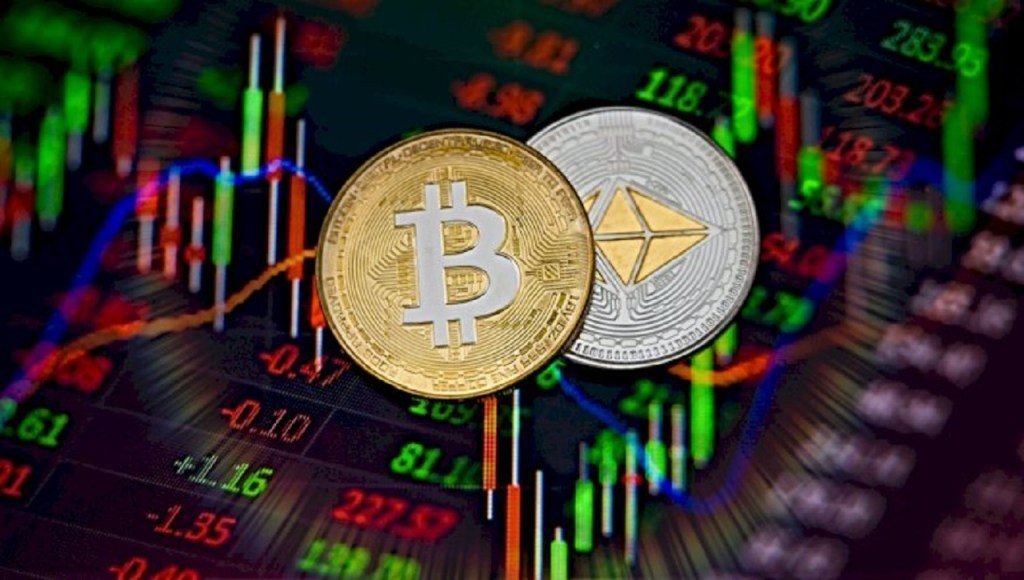Cryptocurrency prices, including Bitcoin, continue to fall. There seems to be no bottom in sight. Analysts explain three reasons why crypto prices continue to fall.
The drop in Bitcoin and altcoin prices is different from the previous ones
Crypto prices keep falling, but why? The market crash this year turned many of the winning portfolios into net losers. Therefore, new investors are probably giving up on Bitcoin (BTC).
Investors know that cryptocurrencies exhibit above-average volatility. But this year’s decline has been extreme. After hitting an all-time high of $69,400, Bitcoin price plunged to an unexpected year-low at $17,600 over the next 11 months. This translates to about a 75% drop in value. Leading altcoin Ethereum (ETH) has dropped from $4,800 to $900 in seven months. This shows that it has seen an 82% correction.

Historical data for years shows that drops in the 55%-85% range are the norm after parabolic bull market rallies. However, the factors that weigh on crypto prices today are different from the factors that triggered sales in the past.
Right now, investor sentiment remains soft as investors avoid risk and wait to see if the Federal Reserve’s current monetary policy will alleviate persistently high inflation in the United States. cryptocoin.com As you can follow, on September 21, Fed Chairman Jerome Powell announced a 0.75% rate hike. He also hinted that similar increases would occur until inflation converges to its 2% target.
Three reasons why crypto prices keep falling
Central Bank rate hike
Raising interest rates increases the cost of borrowing for consumers and businesses. This has the knock-on effect of increasing business operational costs, costs of goods and services, costs of production, wages, and ultimately, the cost of almost everything. High, uncontrollable inflation is the main reason the Fed raised interest rates. Since rate hikes began in March 2022, Bitcoin and the broader crypto market have been in a correction.
When monetary policy or the metrics that measure the strength of the economy change, risk assets tend to signal or move earlier than stocks. In 2021, the Fed finally began to signal its plans to raise interest rates. The data shows that the Bitcoin price has recovered sharply by December 2021. In a way, Bitcoin and Ethereum were canaries in the coal mine pointing to what awaited the stock markets.

If inflation begins to subside, the health of the economy improves, or the Fed begins to signal a turning point in its current monetary policy, it is possible that risk assets like Bitcoin and altcoins will again become “canaries in the coal mine,” reflecting the sentimental risk return from investors.
The threat of permanent regulation
The cryptocurrency industry and regulators have a long history of disagreeing, either due to various misunderstandings or mistrust about the actual use-case of digital assets. Without a working framework for crypto industry regulation, different countries and states have multiple conflicting policies on how cryptocurrencies are classified and what exactly constitutes a legal payment system.

The lack of clarity on this issue weighs on growth and innovation in the industry. Also, many analysts believe that the popularization of cryptocurrencies cannot happen without the enactment of a set of more universally agreed and understood laws. Risk assets are heavily influenced by investor sentiment. This trend extends to Bitcoin and altcoins. To date, the threat of unfriendly cryptocurrency regulations, or in the worst case, a direct ban, continues to affect crypto prices almost monthly.
Scams and Ponzies trigger liquidations and repeat blows to investor confidence
Scams, Ponzi schemes and sharp market volatility also played an important role in falling crypto prices throughout 2022. Bad news and events that jeopardize market liquidity tend to have disastrous consequences due to the lack of regulation, the youth of the cryptocurrency industry, and the relatively small market compared to stock markets.

The explosion of Terra (LUNA) and the Celsius Network is an example. The abuse of leverage and client funds by Three Arrows Capital (3AC) is another matter. These are responsible for the successive blows to asset prices in the crypto market. Bitcoin is currently the largest asset by market cap in the industry. Historically, altcoin prices tend to follow the BTC price no matter which direction it takes. As the Terra (LUNA) ecosystem collapsed, Bitcoin price sharply corrected due to multiple liquidations that occurred. As a result, investor sentiment dwindled. The same happened when Voyager, 3AC and Celsius crashed.
What can be expected for the rest from 2022 to 2023?
Fed policy drives the factors affecting falling prices in the crypto market. In other words, the Fed’s power to raise, pause or lower interest rates is an important factor. As such, it will continue to have a direct impact on Bitcoin and altcoin prices.
Meanwhile, investors’ risk appetite will remain muted. Because potential crypto traders prefer to wait for signs that US inflation has peaked. At least the Fed needs to start using language as a policy pivot indicator







